Does Dust Count as White?

A hundred miles or so north of Yangon, where I am now, Myanmar’s big fat dry belly begins. In towns like Magwe, Meiktila, Taungoo and Mingyan (rhymes with ‘engime’) palm leaves sway in the light breeze,
but during Christmas season – the heart of the dry season – they’re
caked in dust. If you squint, it almost looks like snow. Add to that
the multi-layers of wool sweaters, wind breakers and army-style green
coats, locals put on to fight off the dusk 70-degree temperatures, wearing them all day as I sweat in a t-shirt, it actually almost looks cold.
Christmas is everywhere in Myanmar, as it’s not hard to sell this
country on another light-filled festival. Everywhere you go, you see Christmas tree displays, fake Santas, fake reindeers. People put strings of rainbow lights on their lone balcony plant, or a tree before their teashop.
In Taungoo, I stopped to photograph a makeshift shop called ‘Merry X’mas’ (with apostrophe) selling crappy Chinese imported ornaments and fake two-foot trees. At a SuperOne ‘supermarket’ on Yangon’s Aung San Rd, they sold gift baskets for the occasion: each filled with coffee mix, tea bags, peanuts, crackers and a bottle of Johnny Walker Red Label. Cost was 49,000 kyat, or about $40.
I’ve been wondering how it’d be to be away from Oklahoma for Christmas this year. And I’ve been surprised at how melancholy it can feel to brace for a ‘lost Christmas.’ As a kid, each Christmas had an identity – the time I got a dinosaur I was scared of, the time Chip’s family got a blue van, the time I had mono. The weeks beforehand, I played a one-on-zero game of ‘knee football’ that I’d keep track of on successive nights in a tiny notebook from TG&Y – a one-kid series of the Christmas Bowl. Each year, one team – the Monsters – would win, usually with a lobbed TD pass late. I believe the Monsters never had a first-half lead, come to think of it. I always felt that it was a travesty that no team in college of pro football named themselves that, so I let them prevail. As a kid I knew, nothing beats a Monster.
I knew this year Christmas would be different, and it certainly began that way. After a surreal Christmas Eve in Pay Nyi Daw – the Myanmar generals’ insane new project of building a new capital (more on this later) – I bused to Meiktila arriving just before midnight brought Dec 25. At the first hotel, they told me that ‘all hotels are full,’ givinga sideways open-hand pivot to show ‘no luck…’ I hesitated a few minutes in disbelief. Motioned to their courtyard bench, wondering if I could sit there till 7am? No restaurants were open, and my hotel was on a dark alley near the mosquito swarms of a Meiktila Lake.
Hesitation often works in travel, and did here. The manager and his son murmured then shyly approached, ‘We have one room upstairs… would you like to see it?’ Off we went, the son leading me to a concrete box closet with a single bed stuffed in and another bed frame stained in a betel-nut spit (locals check teeth-staining betel net, often spitting blood-like pools of betel/saliva mix on streets; a week ago I got a splash on my trousers), cob webs and a nasal-clearing dose of just-applied insecticide. ‘Three dollars, no breakfast. OK?’ Like I could refuse. (It was a rare small-town hotel with 24-hour generator, and I kept the light on all night, and the door cracked to air it out.)
The next morning, I borrowed a bike to collect a few facts, and stopped into see the British officer’s club where Aung San Suu Kyi and Michael Aris honeymooned many decades ago (now part of a hotel), I left for Mandalay. The bus guys charged me double the local price, but I insisted on a front seat, right before the cracked windshield, so I could watch the scene of passing ox carts, fast hand-offs of toll fees at gates (the driver will NOT slow down for anything), and graphic billboards of traffic accidents to calm down drivers. After three hours we pulled into Mandalay’s dusty ‘highway bus station,’ as monk chants from a nearby monastery nearly drowned out the taxi offers. I picked one, and he soon pulled out a creased photo of a woman. I knew what was next. ‘You want? 30,000 kyat’ (about $25). No thanks.
Once checked into my guesthouse I rented a bike and hit the Mandalay streets determined to find some sense of Christmas. I pedaled past a lively street pwe (traditional festival), with balloon games, weird snacks, giant ancient film projectors set up showing stilted clips of traditional dance for a couple dozen sitting Indian-style in the middle of 27th St – it was all to raise money for a local monastery. I dropped into nearby BBB, a ski lodge looking place serving ‘European food.’ A Chinese family kept on scarves and coats during their Christmas dinner. I needed something other than noodles to tribute Dec 25, so went for a $1.50 burger. ‘Sardine or beef?’ asked the waiter in a striped fake Izod. (I went with beef.)
On the way back to the hotel, I drove along the long moat of Mandalay Palace – the last home of the last Burmese king (until the new one, more on this later) – and passed Sedona Hotel, the fanciest Mandalay gets. Locals were streamed in twos past the cheerful security guard to pose with an elaborate Christmaslight display. A six-year-old kid was flashing fake gang signs in front of a tree in lights, a couple women took turns photographing each other before a Santa-and-his-reindeer display in the front lawn.
My camera batteries ran out of juice and I started back. At the corner, two trishaw drivers – deeply suntanned faces, in camouflage jackets, knelt at one corner. I heard them mumble something and I looked over. Guys who make $2 to $4 a day thrive off jacked-up fares from foreigners, or commissions if we buy a puppet or gem from a shop he takes them to. I know where this is going. He’ll say something like ‘where you go?’ or ‘you need ride tomorrow… I know all the sights’ or even worse ‘you want woman?’ One looked at me and started to say something.
‘Merry Christmas,’ he said bobbing his head.
‘Yes! Thank you. Merry Christmas.’
About Robert Reid
Robert Reid is a travel writer (Lonely Planet, New York Times, ESPN), travel expert (Today Show, CNN's Headline News), travel videographer (76-Second Travel Show)
and travel artist (don't ask).





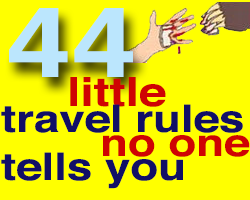

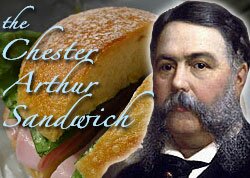
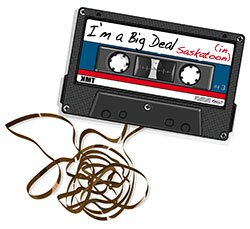
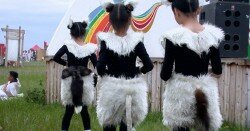
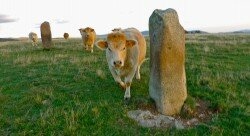
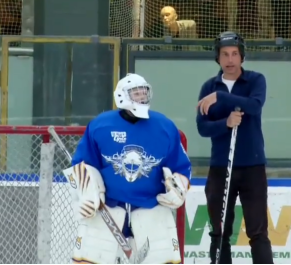
“We all loved to ride
in that big blue van,
good fishing,
good camping,
close at hand.”
You’re a long way from T-Town, Mr. Reid.
Sometimes all you can do is cry wet tears.